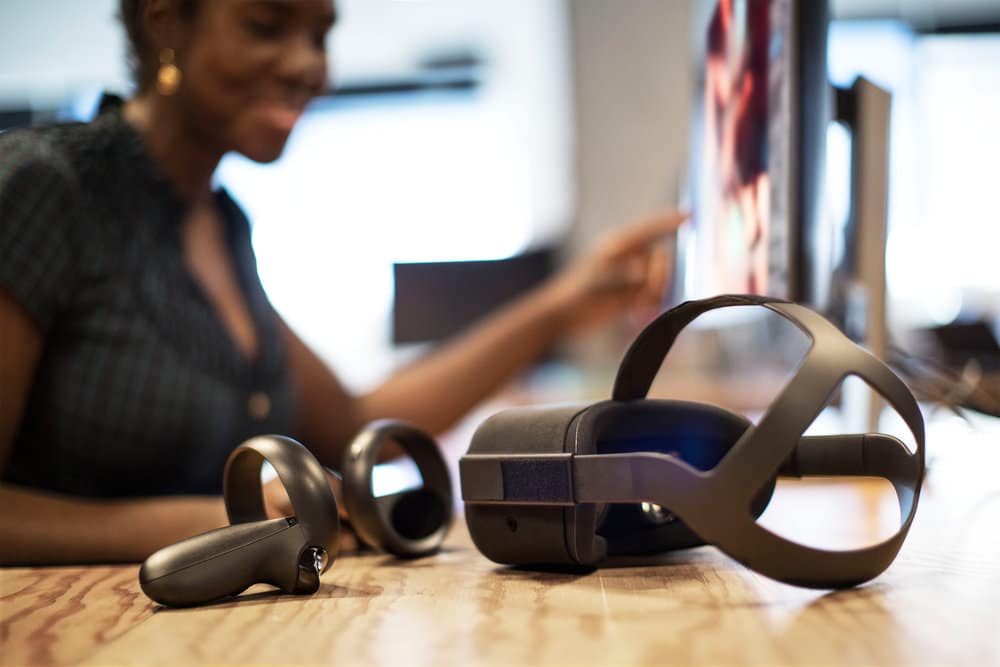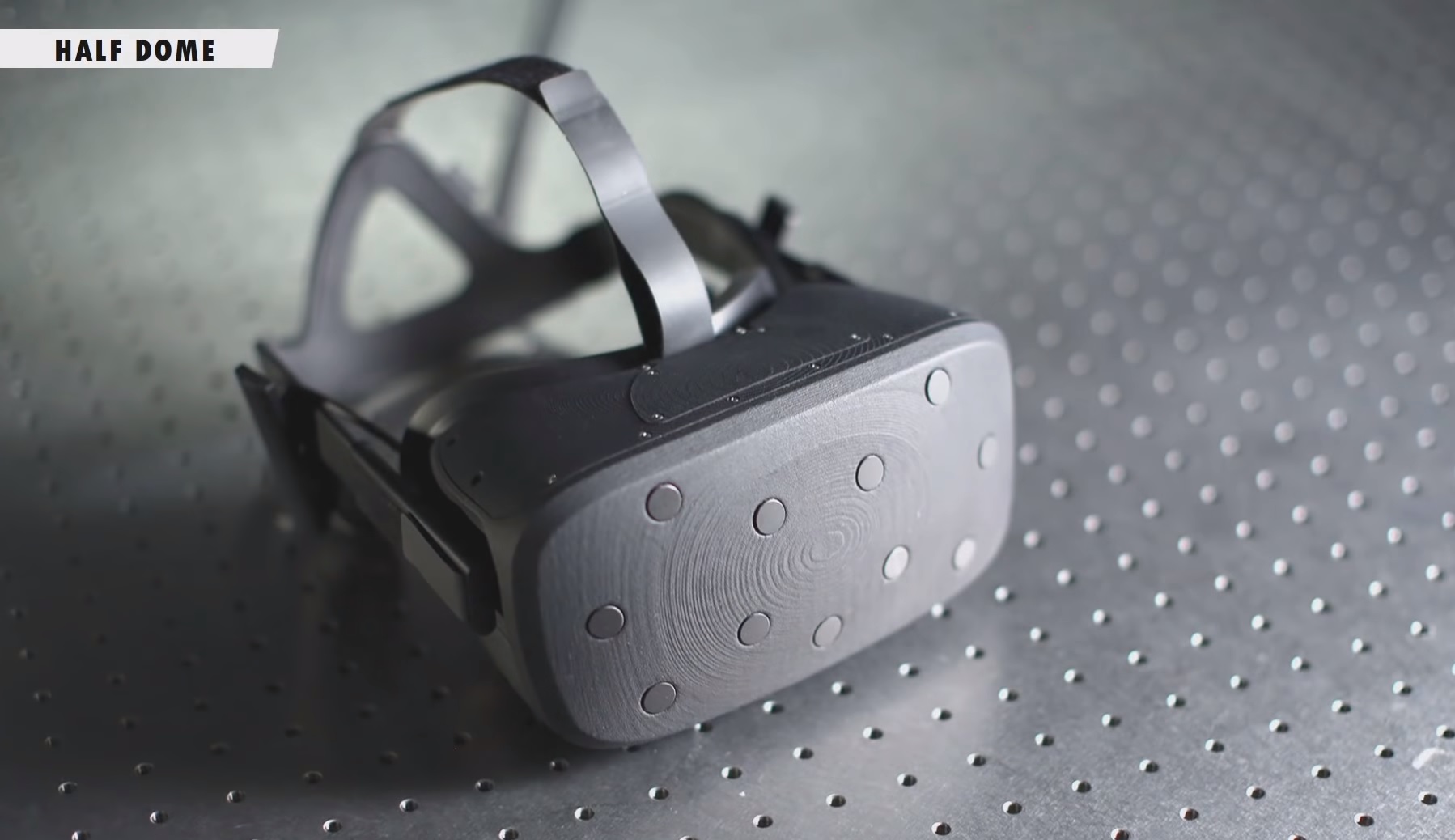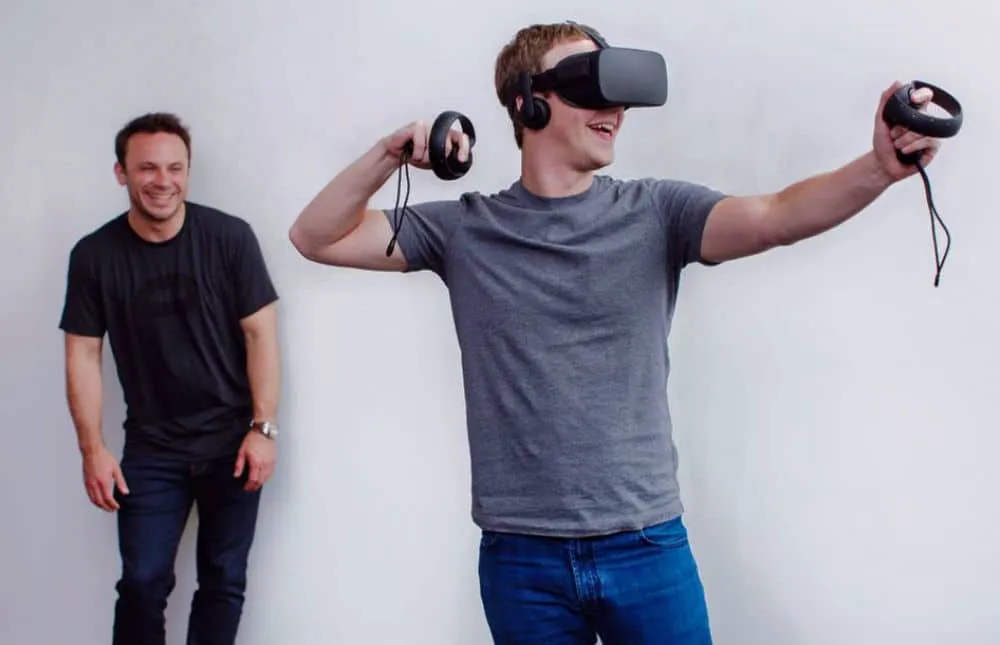In 2014 I sat in the audience at Oculus Connect and listened to Brendan Iribe talk about open sourcing the first development kit for the Oculus Rift as he laid out two paths forward for Facebook in VR.
According to Iribe, in the years ahead Facebook would help deliver consumer VR products that were either PC-powered or phone-powered.
Four years later, Facebook has completed the journey Iribe outlined in that first keynote. Starting Wednesday at 10 am Pacific I expect Facebook CEO Mark Zuckerberg and the team he’s assembled to present phase two of his plan to deliver a mainstream spatial computing platform.
With the pressures Facebook faced just in the last year regarding abuse of its ad platform and business model, and reading between the lines of Zuckerberg’s comments during earnings calls, it seems possible to me (having never spoken to the man behind the curtain) that there is no greater hope for Zuckerberg to save his company right now than Oculus.
Oculus is Zuckerberg’s best chance at building a company that is not reliant on advertising as its primary source of revenue. Here’s how Zuckerberg, Hugo Barra and other Facebook leaders are likely to lay that story out at OC5.
Push Standalone VR Near Term

Going forward, I would argue there are still two paths for Facebook to try and dominate the VR market. 1.) Produce a low cost standalone headset that can play Superhot and Beat Saber just fine. 2.) Keep pushing with PC VR to enhance the feeling of presence while making setup easier and lowering overall cost.
This means that I would expect Oculus Connect 5 to see Facebook focus on showing why owning an Oculus Go or Oculus Rift in 2018 is a good idea. That means showing off new and better software, like the second screen viewer for Oculus Go we’ve been asking Oculus CTO John Carmack about for several months.
After that, though, is the job of showing why it would be a good idea for developers to become deeply invested in Facebook’s tools long term. That probably means getting rid of the name Santa Cruz, giving Facebook’s 2019 standalone VR headset a permanent name and hinting at what experiences will launch with the hardware.
One note — don’t expect Santa Cruz to have VirtualLink. It is a nice idea but I am not expecting Facebook to use it in the first generation standalone.
PC VR Gets Better

I will be disappointed if Facebook doesn’t show Half Dome to at least journalists at OC5.
I think it is likely that Half Dome’s eye-tracking isn’t 100% perfect yet and for that reason it may or may not make an appearance. I sure hope it is good enough to be shown as a feature prototype in a highly controlled setting — the same way I saw Santa Cruz in 2017 and 2016 — but there are also pieces of Half Dome (like its ultrawide field of view) that could be shown as a major step forward for Facebook without the varifocal optics.
Things are unclear right now as far as Facebook’s PC strategy is concerned. The Oculus Rift could benefit from updated optics and display technology as well VirtualLink and adding the inside-out tracking system used by Santa Cruz to its PC headsets. The Rift could use these features this Christmas season to access a larger market, but did the company decide Half Dome was important enough to rebuild PC VR from the ground up by shipping it as a developer kit in the next few years?
The desired direction of Rift development vs today, via Michael Abrash. Ppd = pixels per degree #OC2 @Oculus_Connect pic.twitter.com/Xv2QgrdZAc
— Ian Hamilton #OC5 (@hmltn) September 24, 2015
I think Facebook needs to show Half Dome because Zuckerberg needs to eliminate any doubt that Facebook is going to walk away from this market at some point and try something else. Half Dome’s architecture promises to show consumers and developers why variable focus and an even wider field of view is so important for pushing VR foward — no matter if it is expensive and takes years to engineer.
It is my belief, too, that Half Dome is the first product we’ve seen that might open up a pathway for Facebook to deliver a truly high-end product that doesn’t have “cost” and “ease of use” as its two guiding design principles. The varifocal Half Dome prototype includes optics that physically move with your eyeballs and that’s likely an extraordinary hardware expense alongside the added eye tracking hardware. It suggests to me that Half Dome would initially only compete in the high end market being pursued by companies like StarVR.
That’s why Facebook’s PC VR strategy is so confusing to me. Facebook’s first VR products — Gear VR, Rift and Oculus Go — have the widest content selection at the best price. Adding inside-out tracking and better lenses to the Oculus Rift could achieve the goal of lowering cost while still delivering the widest selection of content.
But did Facebook skip this intermediary step to focus on accelerating other things like Half Dome or Santa Cruz? If that’s the case all we have to look forward to with Rift near term are more games and potentially lower hardware prices. It would mean Facebook created an opportunity for companies like Valve and Microsoft to push PC VR forward dramatically in the next year. After that, Half Dome could move forward the question of long-term comfort in VR.
What to expect
OC5 is likely to focus on the software that will give people reasons to buy Oculus Go, Oculus Rift and, next year, the upcoming Santa Cruz headset.
That’s means we’ll see updates on Stormland from Insomniac and Respawn’s as-yet unnamed title. And if exclusive games like Marvel Powers United and Robo Recall don’t make the jump to Santa Cruz it’ll be a missed opportunity. In addition, Marvel Powers United VR and Dead & Buried need cross-platform multiplayer with other systems to offer the widest multiplayer base. This could offer Facebook a nice opportunity to expand multiplayer and social APIs that can be embedded inside software available on other storefronts like Steam.
And after that job is complete, we’ll see how Facebook plans to lead the market for VR hardware. With Google announcing controller developer kits and Valve rolling out new updates for its controllers, I fully expect there to be some surprises in store from Facebook.






























